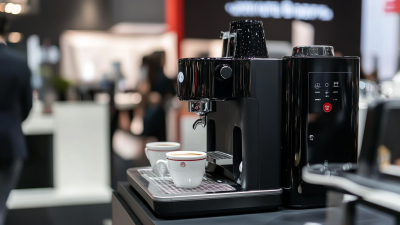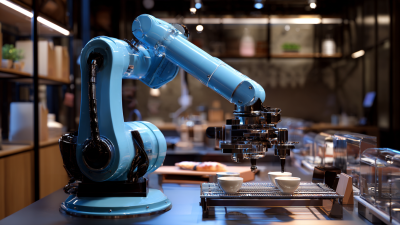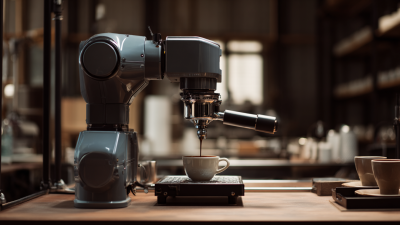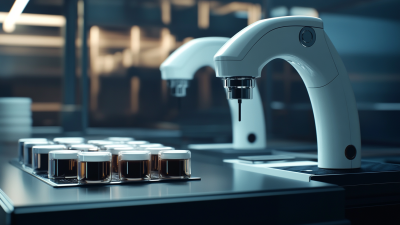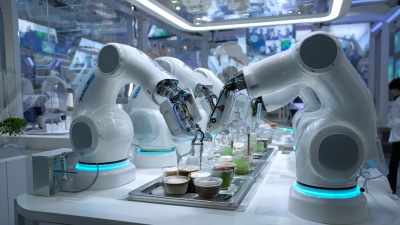As the coffee culture continues to evolve, the introduction of advanced technology has significantly reshaped how we brew and enjoy our favorite caffeinated beverages. One of the most intriguing innovations in this space is the rise of Robot Espresso machines, which are redefining the coffee-making process by enhancing both efficiency and precision. These automated devices not only minimize human error but also provide consistent flavors that appeal to coffee aficionados and casual drinkers alike. In this article, we will explore the various aspects of Robot Espresso, including their design, functionality, and the profound impact they have on the brewing experience. From streamlining operations in busy coffee shops to enabling home enthusiasts to achieve barista-level results, Robot Espresso machines are undoubtedly becoming a pivotal part of contemporary coffee culture. Join us as we delve into how these machines are transforming brewing practices and what it means for the future of coffee.
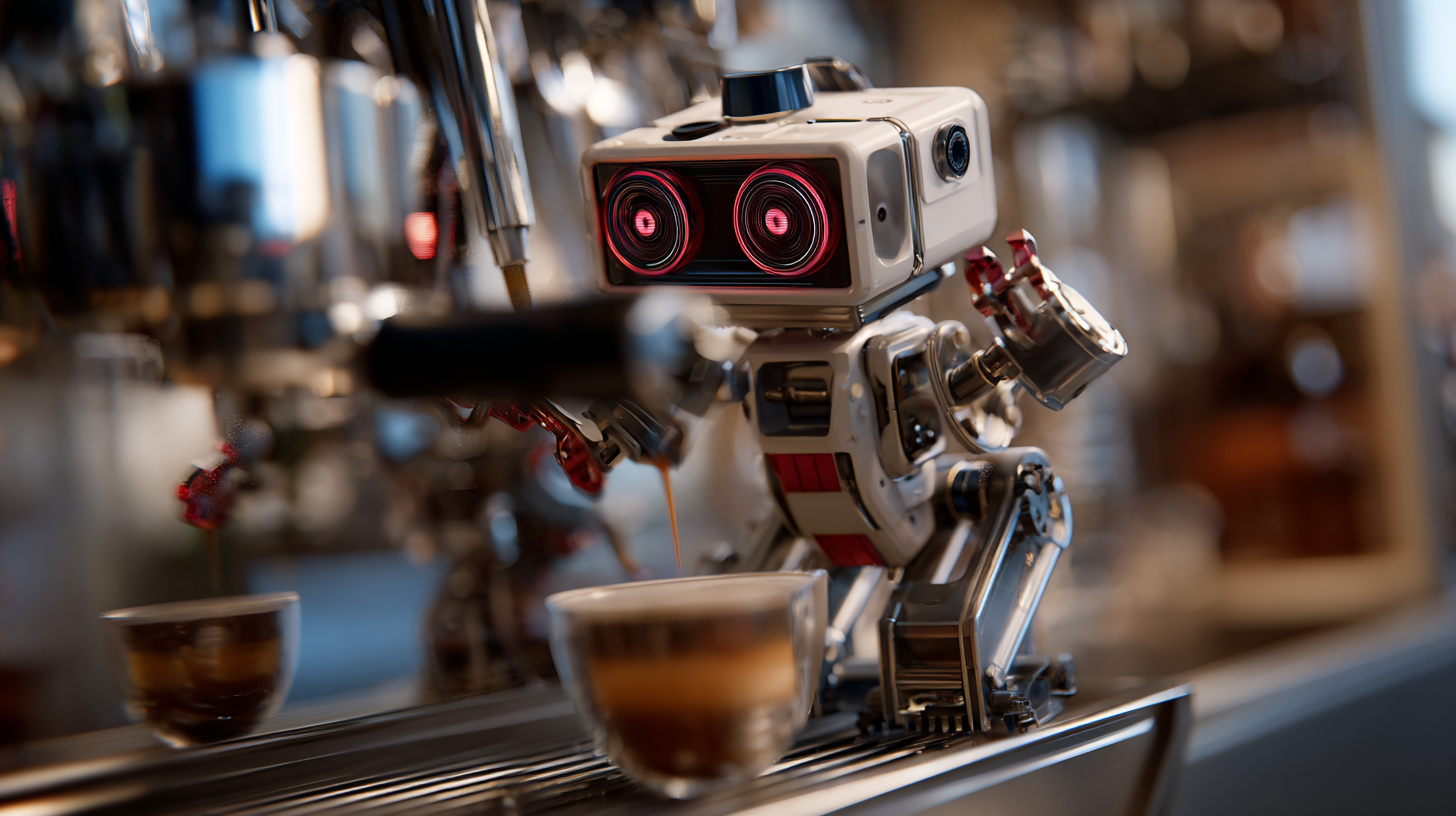
Espresso machines have evolved dramatically over the years, transitioning from labor-intensive manual models to sophisticated robotic innovations. This shift reflects the broader trends in coffee culture, where efficiency and precision have become paramount. According to a report by the Specialty Coffee Association, the global espresso machine market is projected to reach $7.5 billion by 2025, driven by the demand for high-quality coffee and the convenience of automated brewing solutions. The advent of robotic espresso machines, equipped with advanced sensors and programming, allows for consistent extraction and replicable results, catering to both café owners and home brewers alike.
As coffee enthusiasts embrace these innovations, it’s essential to recognize that not all automatic machines deliver the same quality. When selecting an espresso machine, look for features like temperature stabilization, pressure profiling, and programmable settings that allow you to customize your brew. Additionally, consider machines with integrated grinders to ensure optimal freshness and grind consistency.
Tip: Always maintain your espresso machine for peak performance. Regular cleaning and descaling can prevent buildup that affects taste and machine longevity. A well-maintained machine not only enhances the brewing process but also significantly extends its lifespan.
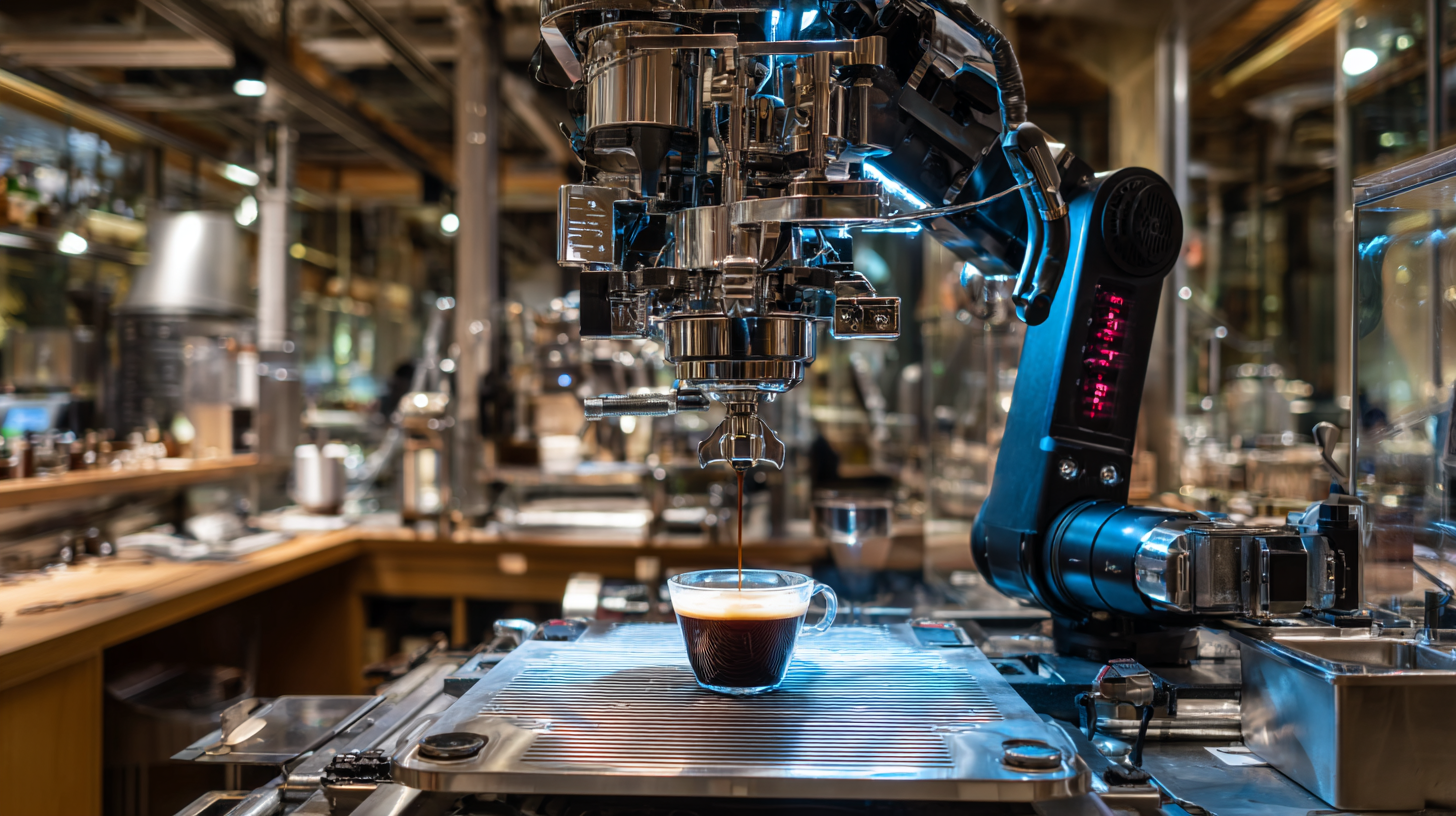
The emergence of robot espresso machines has significantly transformed coffee brewing efficiency in the modern café setting. According to a recent report by Market Research Future, the global market for automated coffee machines is expected to grow at a compound annual growth rate (CAGR) of 24% through 2025. This surge in popularity can be attributed to the advanced technology these machines employ, allowing for precise temperature control and consistent extraction, which are critical factors in producing high-quality espresso.
Moreover, studies have shown that robot espresso machines can reduce brewing time by up to 30%. This efficiency not only enhances service speed during peak hours but also maintains the consistency of the coffee quality, ensuring that each cup meets the established standards. By streamlining the brewing process, these machines allow baristas to focus on customer service and creativity, elevating the overall coffee experience. As coffee culture continues to evolve, the integration of robot espresso machines is proving to be a game-changer in maximizing operational efficiency while maintaining the art of coffee brewing.
In the evolving landscape of coffee culture, robot espresso machines are gaining significant traction, enhancing both efficiency and user experience. One of the standout features of these machines is their precision in brewing. Equipped with advanced sensors and algorithms, they ensure optimal extraction of flavors and aromas from beans, resulting in a consistently high-quality cup of coffee. This precision allows users—whether baristas or home brewers—to achieve café-level results with minimal effort.
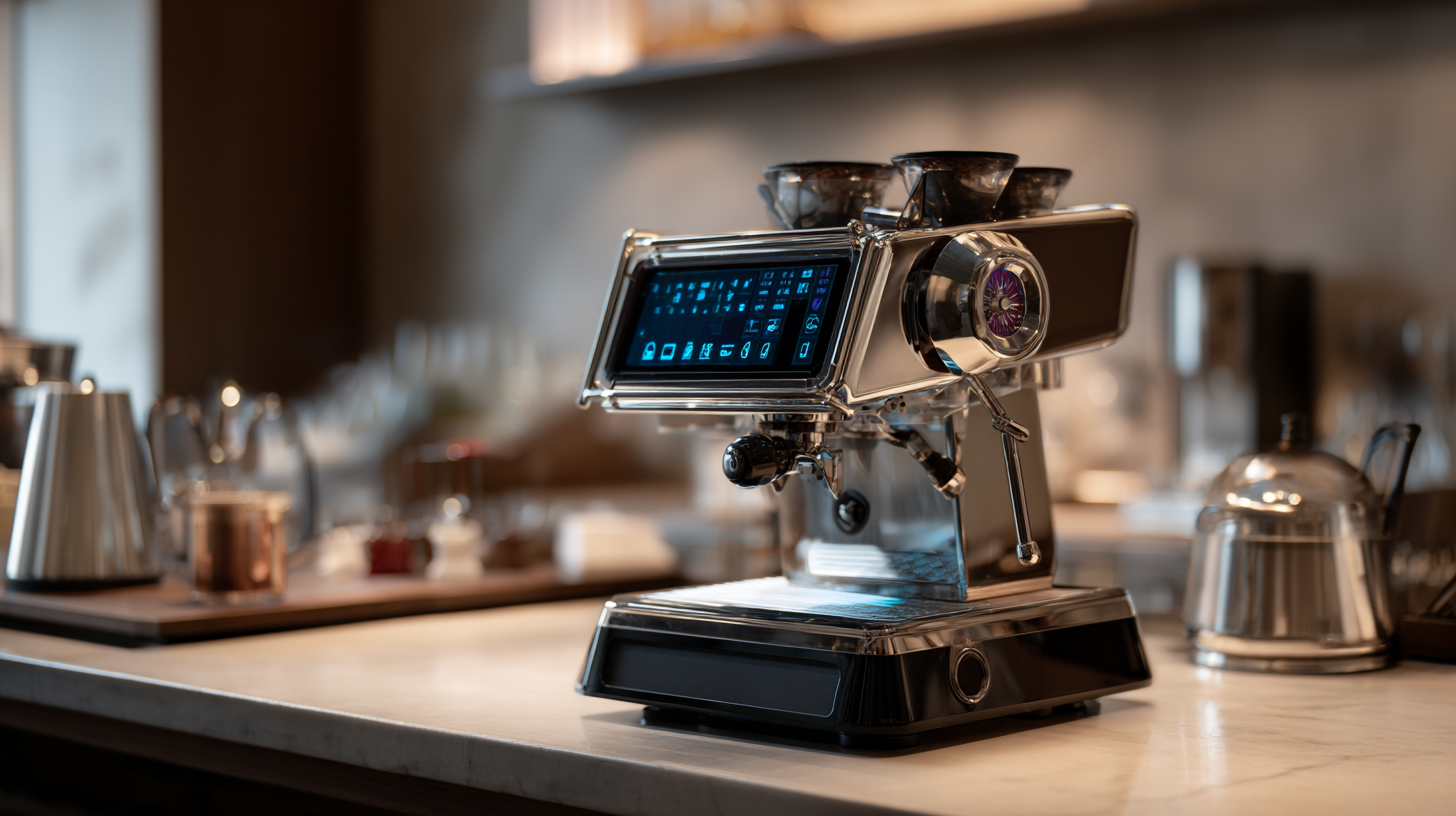
Moreover, many robot espresso machines boast user-friendly interfaces, including touchscreens and customizable settings. These features facilitate easy adjustments for grind size, water temperature, and extraction time, catering to individual preferences. Users can also save their custom profiles, allowing for quick preparation of favorites.
Tip: To maximize the benefits of your robot espresso machine, experiment with different bean types and grind sizes. Personalizing your recipes can lead to discovering unique flavor profiles that suit your taste perfectly.
Another critical feature is the automated cleaning process. Many models come with self-cleaning capabilities that simplify maintenance, ensuring consistent performance without the hassle of manual upkeep. This aspect significantly enhances user convenience, making coffee brewing a more enjoyable experience rather than a chore.
Tip: Regularly check the machine's maintenance alerts to keep it in top condition and extend its lifespan, ensuring that every cup brewed remains exceptional.
The emergence of robot espresso machines is revolutionizing the coffee brewing landscape, particularly for enthusiasts who appreciate both tradition and technology. Traditional brewing methods, such as manual espresso machines, emphasize the artistry and skill of the barista. These machines require a deep understanding of variables like grind size, tamping pressure, and extraction time. For coffee lovers, the romance lies in the tactile experience; the ritual of brewing becomes an integral part of enjoying their favorite beverage.
In contrast, automated brewing methods streamline this process, offering increased efficiency without sacrificing quality. Robot espresso machines are designed to deliver precise measurements and consistent results, catering to those who prioritize speed and convenience. For coffee aficionados, this raises interesting questions about the essence of coffee culture. While an automated machine may produce a perfect shot of espresso, does it replicate the passion and soul found in a handcrafted brew? It highlights a fascinating intersection between efficiency and the emotive aspects of coffee preparation, shaping how consumers approach their daily ritual.
| Brew Method | Time to Brew (minutes) | Consistency (1-10) | Skill Required (1-10) | Clean-Up Time (minutes) | Cost (USD) |
|---|---|---|---|---|---|
| Traditional Espresso Machine | 5 | 7 | 8 | 10 | 1000 |
| Robot Espresso Machine | 3 | 9 | 3 | 5 | 800 |
| Pour Over | 4 | 6 | 6 | 7 | 60 |
| French Press | 4 | 5 | 5 | 6 | 25 |
| AeroPress | 2 | 8 | 2 | 3 | 30 |
The integration of technology into espresso preparation is reshaping the landscape of coffee culture, pushing it towards a future defined by efficiency and innovation. Super-automatic espresso machines are at the forefront of this transformation, allowing coffee shops to enhance speed and consistency in their offerings. With these advanced machines, the meticulous art of brewing espresso becomes automated, reducing the need for extensive barista training while still delivering high-quality beverages. This not only meets the increasing demands of customers for quick service but also encourages greater experimentation with flavors and brewing techniques.
As coffee culture continues to evolve, the rise of tech-driven solutions presents both opportunities and challenges. While convenience and efficiency are paramount, there is a risk that the traditional barista experience may be compromised. Nonetheless, many coffee enthusiasts appreciate the perfect balance of automation and artisanal practices, paving the way for new coffee trends that blend technology with craftsmanship. The future of coffee culture is a dynamic interplay between embracing advanced brewing solutions and nurturing the rich traditions that define the coffee experience.
